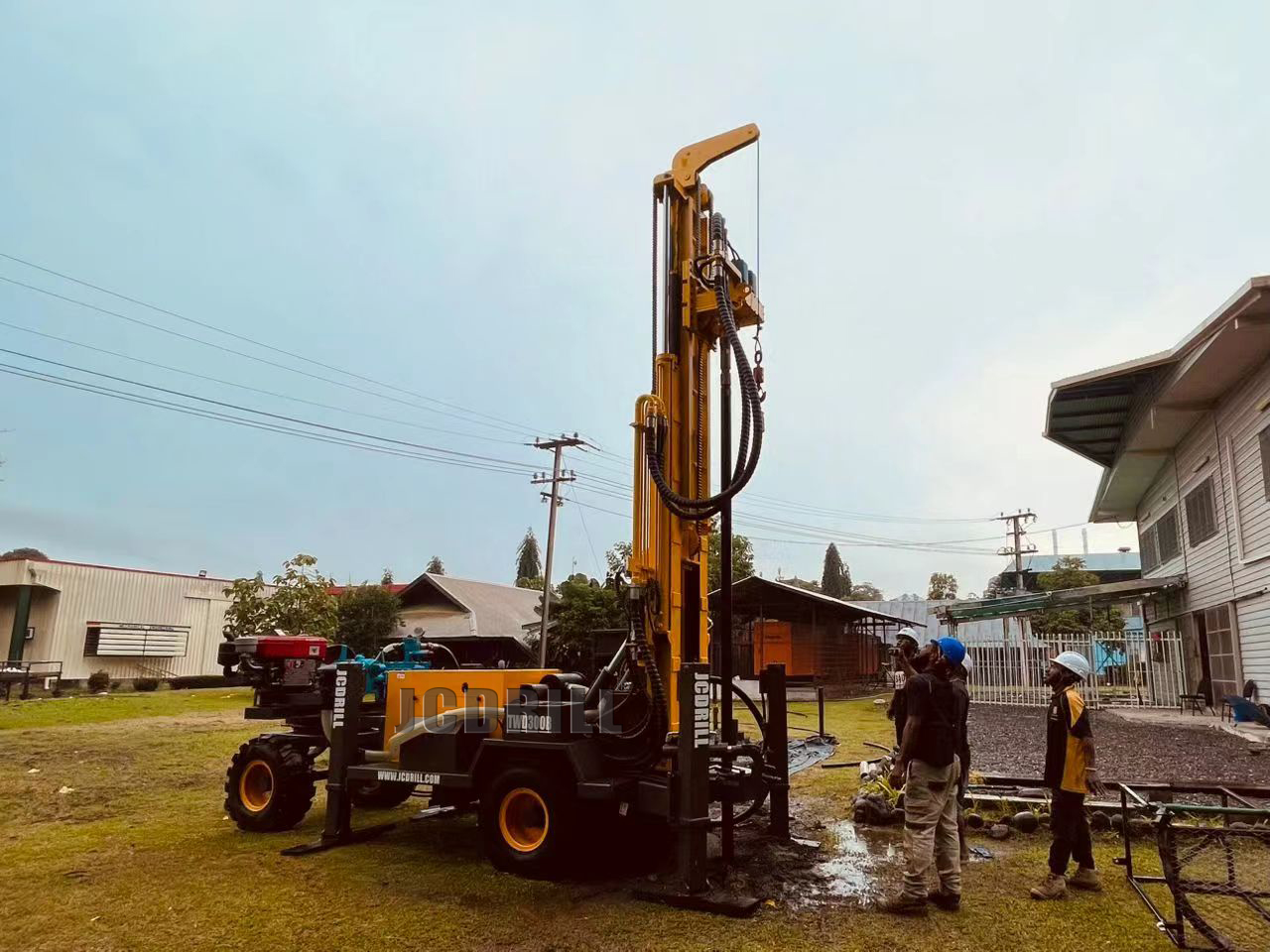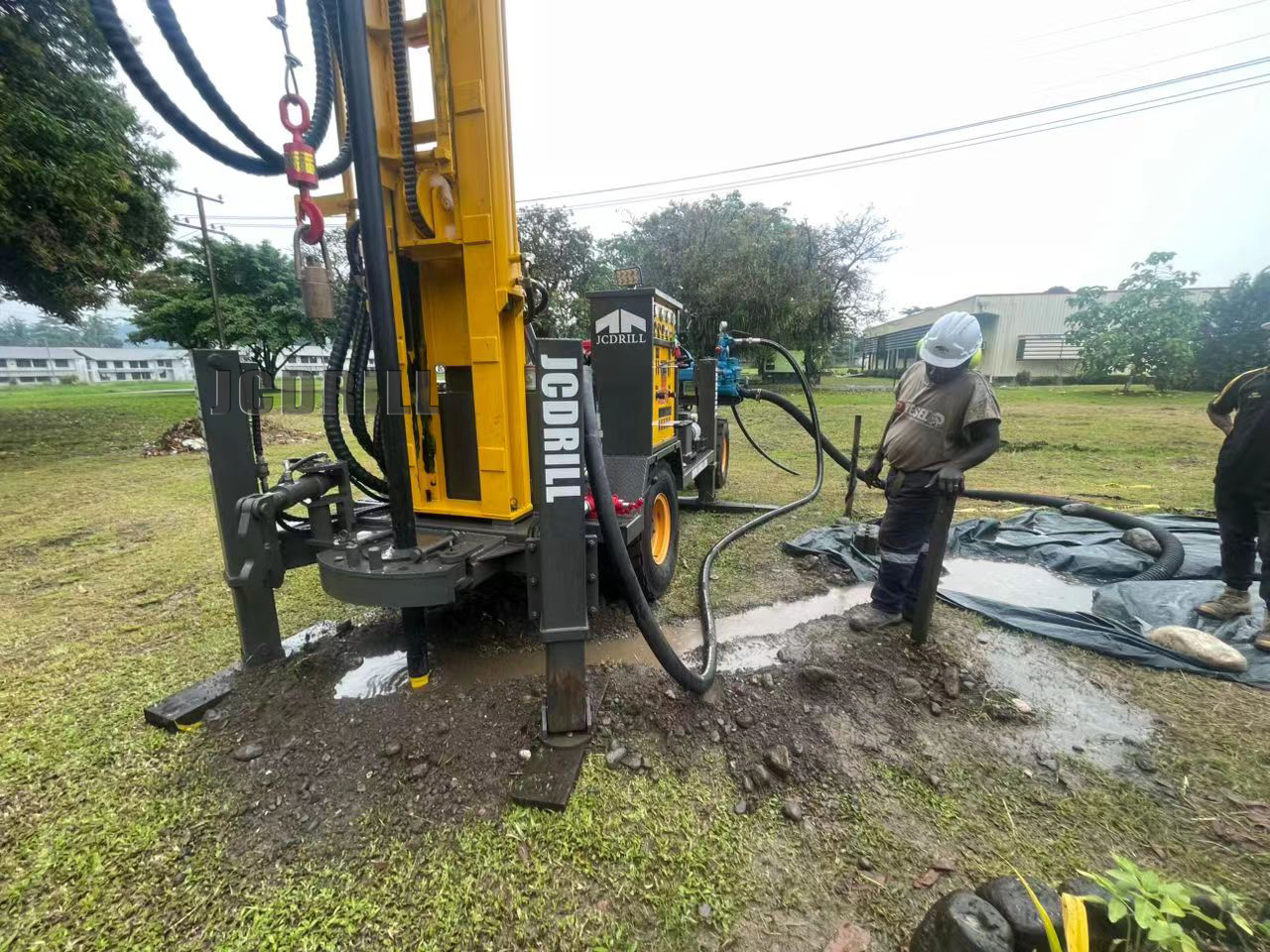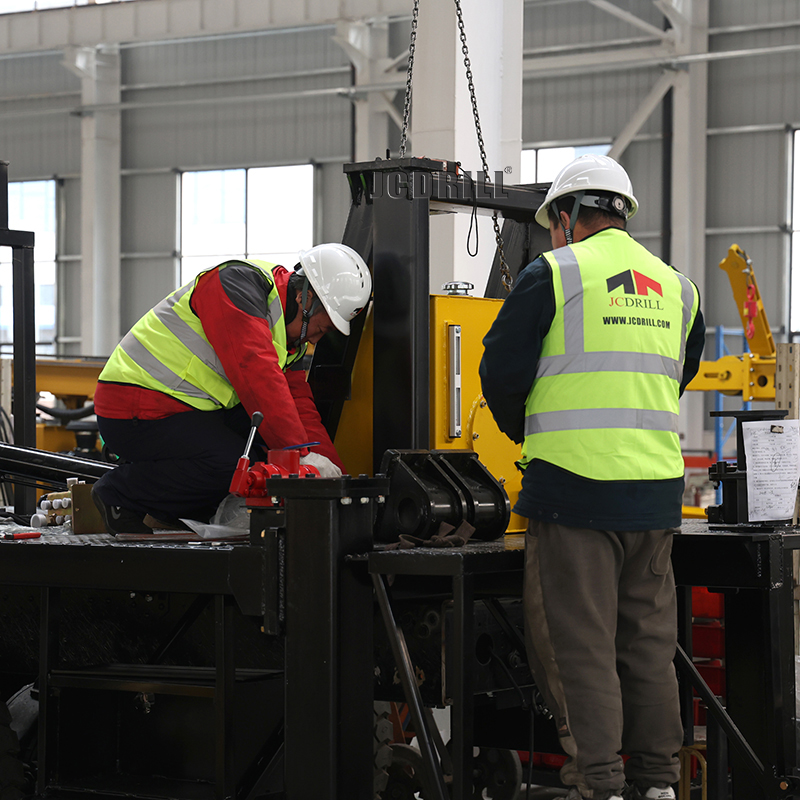Jan. 04, 26
Keeping your water well drilling rig running smoothly is crucial for project timelines and profitability. Even the most reliable equipment can encounter issues. Understanding common problems and knowing how to respond can minimize downtime and prevent costly damage.
This guide outlines frequent challenges and a systematic approach to troubleshooting.
 Part 1: Common Problems & Their Likely Causes
Part 1: Common Problems & Their Likely Causes
Here are some of the most frequent issues drillers face:
1. Loss of Circulation (Lost Drilling Fluid)
· What it is: The drilling fluid (mud) pumped down the drill pipe does not return to the surface.
· Likely Causes:
· Drilling into fractured or porous rock formations.
· An underground cavern or void.
· Excessive pump pressure causing fractures.
2. Drill String Stuck in Hole
· What it is: The drill pipe cannot be rotated or pulled up.
· Likely Causes:
· Differential Sticking: The pipe is pressed against the wellbore wall by high pressure.
· Bridging: Cuttings have accumulated, forming a "bridge" that traps the pipe.
· Key seating: The pipe has worn a groove into a curved section of the wellbore, getting stuck in its own groove.
3. Drop in Penetration Rate
· What it is: The drill bit is advancing much slower than before.
· Likely Causes:
· Worn-out Drill Bit: The bit's teeth or cutting structure are dull.
· Insufficient Weight on Bit (WOB): Not enough downward force is being applied.
· Hard Formation: The bit has encountered a much harder rock layer.
· Bit Balling: The bit is clogged with sticky clay.
4. Pump Pressure Problems
· High Pump Pressure:
· Causes: Nozzles on the drill bit are plugged. The drill string or surface lines are blocked.
· Low Pump Pressure:
· Causes: Pump failure, fluid loss (see "Loss of Circulation"), or a leak in the suction line.
5. Equipment Vibration or Unusual Noise
· Likely Causes:
· Hydraulic Issues: Low fluid levels, air in the hydraulic system, or a failing pump.
· Mechanical Failure: Worn bearings, loose components, or misalignment.
Part 2: A Systematic Troubleshooting Guide
Always prioritize safety! Before starting any inspection, lock out and tag out the rig's power source.
Step 1: Stop and Observe The moment you notice a problem, stop drilling. Don't force the equipment. Note any changes in gauge readings (pressure, torque), sounds, or fluid returns just before the issue occurred.
Step 2: Check the Simple Things First (The "Quick Wins")
· Fluid Levels: Are hydraulic and fuel tanks full?
· Filters & Screens: Are air, fuel, and hydraulic filters clean and not clogged?
· Visual Inspection: Look for obvious leaks, loose bolts, or damaged hoses.
· Electrical Connections: Check for tripped circuit breakers or loose connections.
Step 3: Analyze by System Use the symptoms to narrow down the system at fault.
Symptom Possible System Action
Low Penetration Rate Drill Bit, WOB Pull the string and inspect the bit. Check WOB gauges and hydraulics.
Stuck Pipe Drill String, Wellbore Try to rotate and pull gently. Circulate fluid to clean the hole. Do not force it.
Pump Pressure Abnormal Mud Pump, Drill String Check for blockages in the bit nozzles. Inspect the pump for leaks or wear.
Loss of Circulation Wellbore Formation Stop drilling. Add lost circulation materials (LCM) to the fluid.
Unusual Noise/Vibration Hydraulics, Mechanics Identify the source. Check hydraulic fluid for air and component integrity.
Step 4: Consult the Manual and Know Your Limits Your rig's operation manual is the best resource for specific troubleshooting charts and specifications. If the problem is complex or you are unsure, stop and call a qualified technician. Attempting repairs beyond your expertise can lead to safety hazards and more extensive damage.
Conclusion: Prevention is Key
The best troubleshooting is avoiding problems altogether.
· Follow a strict preventive maintenance schedule.
· Use high-quality, clean fluids and fuels.
· Train operators to recognize early warning signs.
By understanding these common issues and following a logical troubleshooting process, you can ensure your water well drilling rig operates safely, efficiently, and with minimal downtime.
Stay Safe. Drill Smart.
Previous: None
Next: JCDRILL Crawler-mounted Core Drilling rig: A Technical Overview